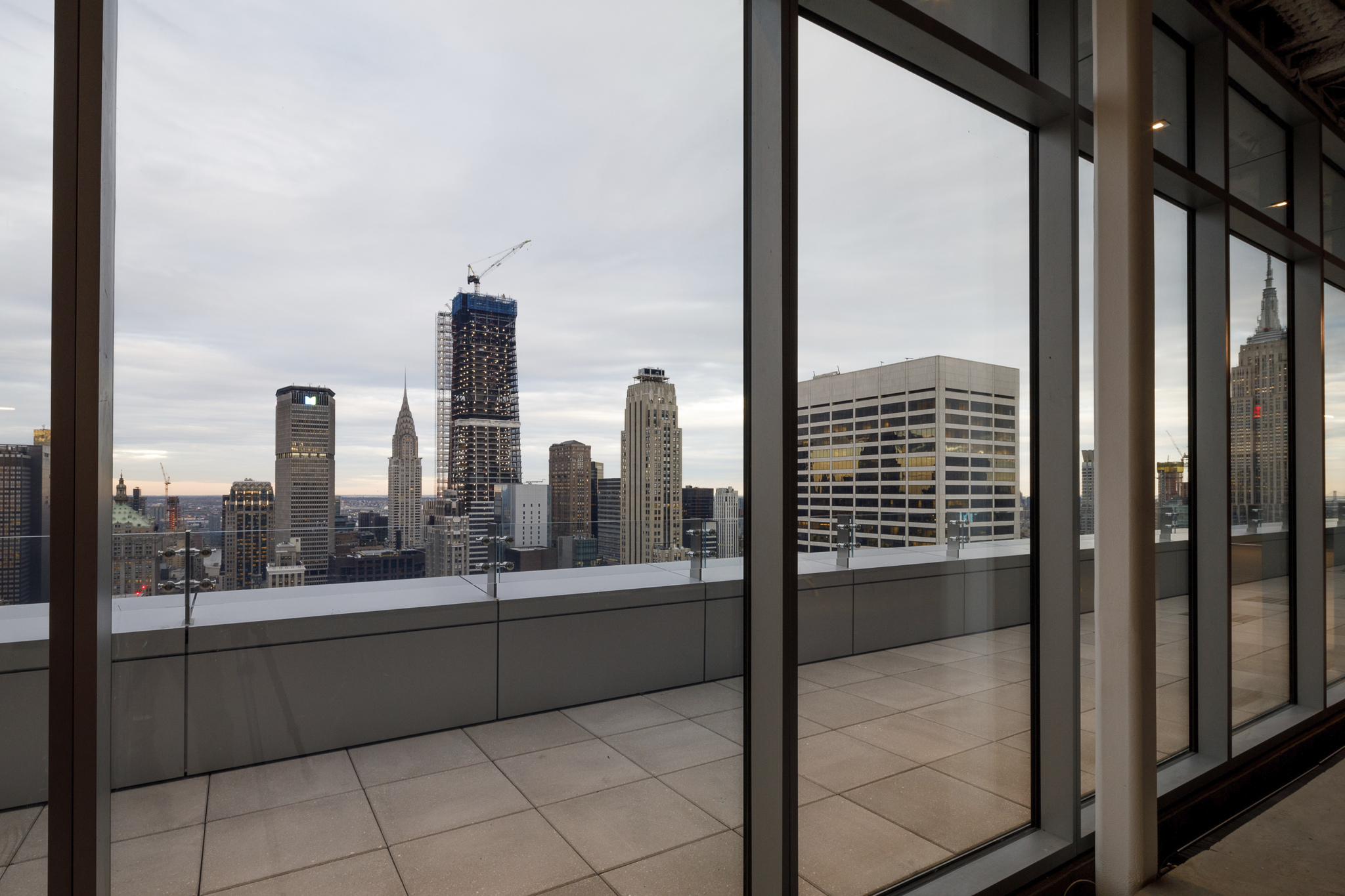NEW YORK CITY- Office landlords were slow to adopt technology, but now are wasting no time to use it to transform every inch of their properties, including natural light let in through windows. The topic is on the agenda of next week's CREtech New York 2019 conference.
This feature may appear minor in asset make-up, but when optimized can lower overhead costs and attract tenants, Piers McNaughton, director of health strategy at View Inc., a real estate glass technology company, tells GlobeSt.com.
"Buildings impact people's health and well-being," said McNaughton, who will lead a CRETech session titled How to Adapt to Today's People-Centered Real Estate Market. "In what we create with windows, drives people to a space, and we want to increase value with health and well-being in mind."
The plethora of office properties coming to the market have spurred landlords to bulk-up their amenities to draw tenants, but it's become more intentional. Employers have made employee health and wellness a priority, which has demonstrated an immediate payoff in increased productivity. Landlords are taking note, putting natural light high on the priority list because of the boasted benefits.
Research shows that workers in daylit office environments were more productive, unencumbered by discomfort from artificially lit office spaces. Workers reported a 51 percent drop in the incidence of eyestrain, a 63 percent drop in the incidence of headaches, and a 56 percent reduction in drowsiness working in a naturally lit office environment, according to a research study by Cornell University Professor Alan Hedge.
View, a technology firm manufacturing "smart" window glass that transitions through multiple tint phases in tandem with the sun's energy, aims to provide optimal natural light. The company has completed installations across 50 million square feet, capitalizing on the growing demand for its offering.
Malleable windows act as a supplement to a property's HVAC system, shifting with the light coming into a window to utilize heat and control sunlight as opposed to blocking out natural light like traditional blinds. This technology lowers cost by conserving less of a building's energy and helps tenant retention, it becomes less about the hip design of a space but long-term wellness, according to Jeff Platon, vice president of marketing at View.
An estimated 10% of venture capital is going to property technology, and is expected to increase as real estate companies are less reluctant to maintain a risk-averse mentality tech deployment, Platon said.
© Touchpoint Markets, All Rights Reserved. Request academic re-use from www.copyright.com. All other uses, submit a request to [email protected]. For more inforrmation visit Asset & Logo Licensing.








